Information Technology Reference
In-Depth Information
such as tempo and melody, others correspond to linguistic definitions such as syl-
lables and stress. In total, 173 statistical characteristics (median, standard devia-
tion, etc) of these metrics were used as input attributes to the classification system.
uncertain
uncertain
uncertain
uncertain
uncertain
uncertain
testing
testing
testing
cheered
cheered
cheered
down
down
down
Time
Time
Time
Time
Time
Time
Fig. 5
Curves of features extracted over over-lapping time frames for the duration of a sen-
tence. The sentences were uttered by the same speaker with the same text but with different
affective states. (a) Spectral content of 5 sentences (short-time Fourier Transform over
overlapping time frames, red regions mean higher energy in specific frequency ranges
along different parts of each sentence) (b) Intonation curves of 4 sentences, the fundamental
frequency calculated over overlapping time frames.
Although these metrics can be grouped according to intermediate level labels,
such as tempo and melody, these do not supply enough information for direct
conceptual categorization such as in music genre annotation, object conceptual rec-
ognition, or for generating rules and HMM classifiers, as in the case of facial
expressions, because such direct relations were not accurately defined in the psy-
cho-acoustic literature and could not be directly recognized in the available data.
Normalization (
=0, σ=1) of each metric according to the speaker was per-
formed. This allowed to use metrics with values of various magnitudes and avoids
bias. This also reduced inter-speaker variability. This means that the
changes
be-
tween expressions could be compared between speakers, and the machine could be
used for different speakers, with different speech characteristics (language, accent,
gender, age), without re-training of the classification system.
μ
Classification
The classification process was based on one-against-one (pair-wise) classification,
as schematically described in Figure 6.
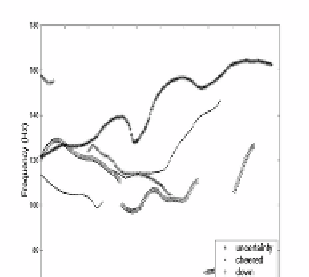


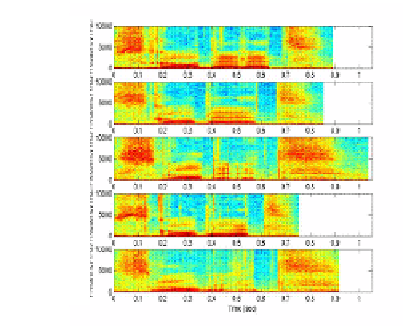
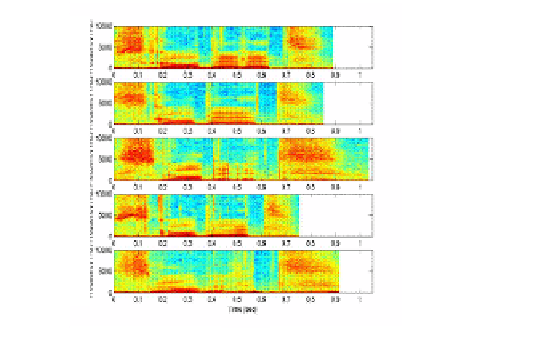



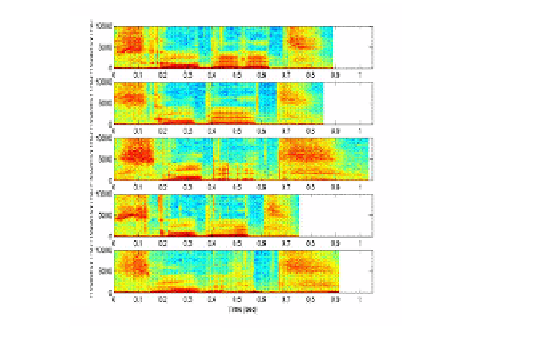
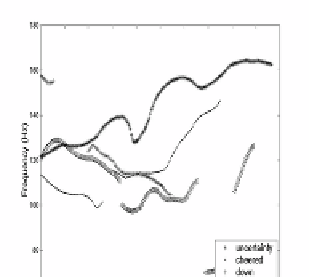



Search WWH ::

Custom Search